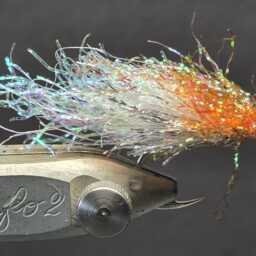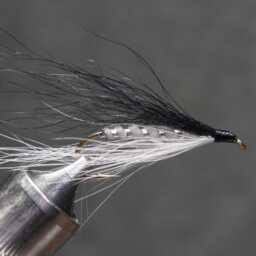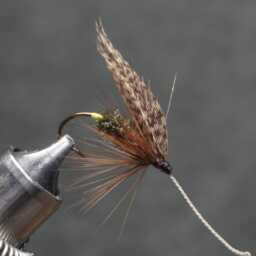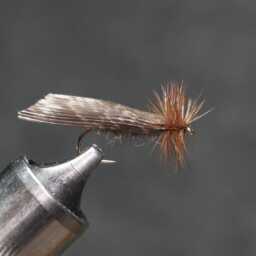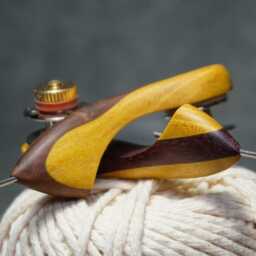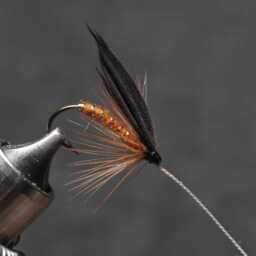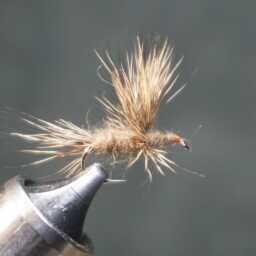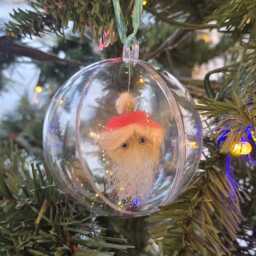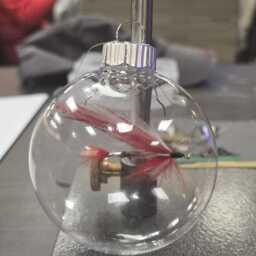Swans belong to the genus Cygnus within the family Anatidae, closely related to geese and ducks. They are grouped with geese in the subfamily Anserinae, forming the tribe Cygnini, though some classifications place them in a distinct subfamily, Cygninae.
There are six living species of swans, along with several extinct ones. The coscoroba swan, once considered a true swan, is no longer classified as such. Swans typically mate for life, although separations can occur, particularly after nesting failures or if a mate dies, leading the surviving swan to find a new partner. Each clutch usually contains between three and eight eggs.
Swans are the largest extant members of the Anatidae family and among the largest flying birds. The largest living species, such as the mute swan, trumpeter swan, and whooper swan, can exceed 1.5 meters (59 inches) in length and weigh over 15 kilograms (33 pounds), with wingspans reaching more than 3.1 meters (10 feet). Compared to geese, swans are significantly larger with proportionally larger feet and necks. Adult swans also have a patch of unfeathered skin between their eyes and bill. Although the sexes share similar plumage, males are generally larger and heavier. The largest swan species ever, the extinct Cygnus falconeri, was a flightless giant known from fossils found in Malta and Sicily. Its extinction is believed to have resulted from extreme climate changes or the arrival of more effective predators and competitors.
In the Northern Hemisphere, swans typically have pure white plumage, while those in the Southern Hemisphere display a mix of black and white. The Australian black swan (Cygnus atratus) is entirely black except for the white flight feathers on its wings, with chicks being light grey. The South American black-necked swan has a white body and a black neck. Most swans have dark blackish-grey legs, though the South American black-necked swan has pink legs. Bill color varies: the subarctic species have black bills with varying yellow patterns, while others exhibit red and black patterns. Swans, like other Anatidae, have serrated beaks that function somewhat like teeth, aiding in the capture and consumption of aquatic plants, algae, molluscs, small fish, frogs, and worms. In species like the mute swan and black-necked swan, both sexes have a fleshy lump at the base of the bill, known as the knob, which is larger in males and varies seasonally.
In fly tying, swan feathers are used to create the Copper Swan, a nymph fly effective for catching trout and steelhead. This fly, a variation of the Copper John, is tied on a #8 hook and features a copper nymph abdomen, white wings from a Prince Nymph, and CDC veins in the front to attract fish. The Copper Swan’s razor-sharp hook enhances its effectiveness.
Swan feathers are also preferred in salmon fly tying, where they are used for both tails and wings, often fashioned in a “married” style with various colors. However, these feathers can be difficult to obtain.
« Back to Glossary Index
